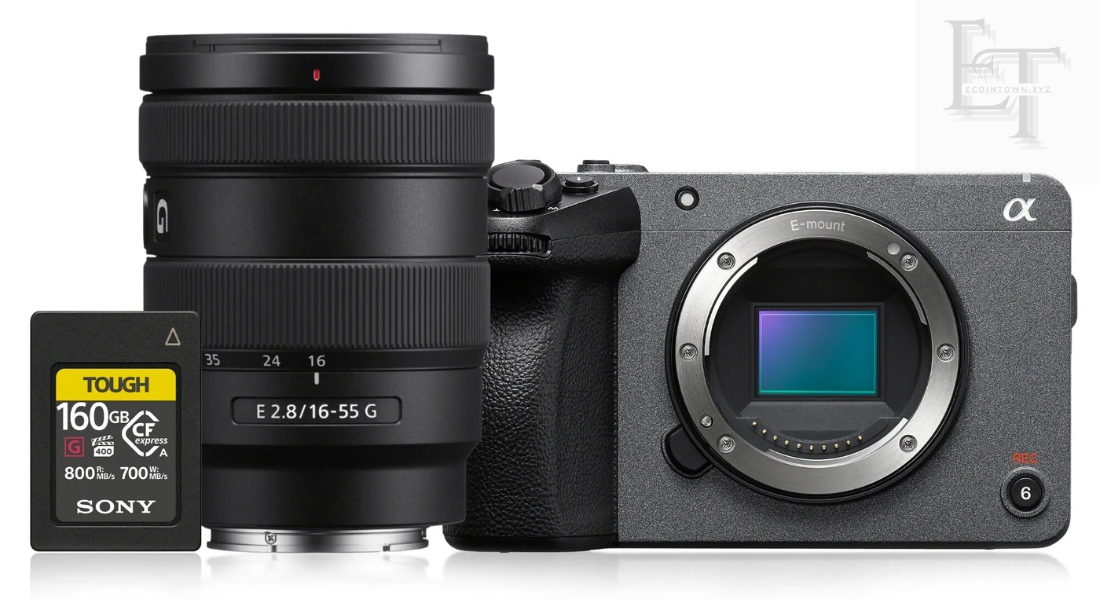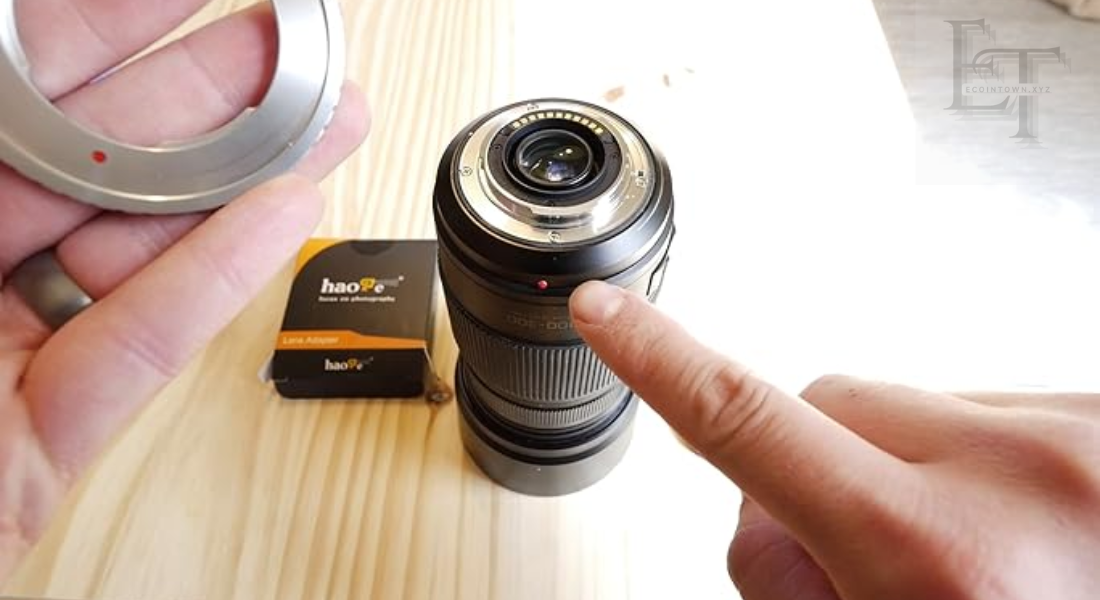Every great photograph starts with the right connection between your camera body and lens. Camera lens mounts play a crucial role in ensuring this connection is secure, seamless, and efficient. They determine compatibility, stability, and the overall performance of your photography equipment.
Choosing the right lens mount can elevate your photography by providing access to a wider range of lenses, whether you’re shooting landscapes, portraits, or action shots. Understanding their importance helps photographers make informed decisions when building or upgrading their gear.
Types of Camera Lens Mounts
A World of Mounting Systems
Camera lens mounts come in various designs, each tailored to specific camera brands and lens types. Knowing the different mount systems is essential for finding the right match for your setup.
- Bayonet Mounts: The most common type, featuring a secure and quick locking mechanism. Popular among major brands like Canon, Nikon, and Sony.
- Screw Mounts: Traditional designs that involve threading the lens onto the camera body. Less common today but still used in vintage photography.
- Flange Mounts: Found in some cinema cameras, providing a robust connection for heavy, specialized lenses.
Key Players in the Market
Each camera manufacturer offers proprietary lens mounts designed to optimize performance. Understanding these systems ensures compatibility and unlocks access to exclusive lens options.
- Canon EF and RF Mounts: Known for versatility and compatibility with a vast range of lenses.
- Nikon F and Z Mounts: Catering to both DSLR and mirrorless systems with precision engineering.
- Sony E and FE Mounts: Designed for mirrorless cameras, providing compact yet powerful connections.
- Micro Four Thirds Mount: A standard used by Panasonic and Olympus, popular for lightweight systems.
Choosing the Right Camera Lens Mount
Matching Lenses to Your Camera Body
Compatibility is the first consideration when selecting a lens mount. Camera lens mounts determine which lenses can attach to your camera body. Using the wrong mount type can lead to poor performance or no connection at all.
- Native Mounts: Lenses designed specifically for your camera brand and model.
- Adapted Mounts: Third-party adapters allow you to use lenses from different systems, expanding your options.
Understanding Flange Distance
Flange distance, the space between the lens mount and the camera sensor, plays a critical role in performance. Cameras with shorter flange distances can accommodate more lens types through adapters, making them highly versatile.
Benefits of a Secure Camera Lens Mount
Stability for Crisp, Clear Images
A well-designed camera lens mount ensures stability, reducing vibrations and movements that can blur your shots. This stability is particularly important for long exposures or when using telephoto lenses.
Improved Autofocus and Communication
Modern camera lens mounts enable seamless communication between the camera and lens. This connection ensures faster autofocus, better image stabilization, and access to advanced features like aperture control and metadata recording.

Enhancing Lens Versatility
Certain mounts, like Sony’s E-mount, allow photographers to use full-frame and APS-C lenses interchangeably. This versatility makes them a favorite among professionals and hobbyists alike.
Adapters: Expanding the Potential of Camera Lens Mounts
Unlocking Cross-System Compatibility
Adapters bridge the gap between different camera systems, enabling photographers to use lenses from other brands. For example, Canon EF lenses can be adapted to Sony E-mount cameras, giving users access to a wider range of glass.
Limitations of Adapters
While adapters expand compatibility, they may introduce some challenges:
- Reduced Autofocus Speed: Autofocus may not perform as quickly as with native lenses.
- Loss of Stabilization Features: Some adapters may not support lens stabilization.
- Additional Weight: Adapters can add bulk to your setup.
Despite these limitations, adapters remain a valuable tool for photographers seeking flexibility in their gear.
Maintaining Camera Lens Mounts
Keeping Your Mounts in Top Condition
Proper maintenance ensures the longevity and performance of camera lens mounts. Dust, dirt, and wear can compromise the connection between your camera and lens.
- Clean Regularly: Use a microfiber cloth to wipe the mount area gently. Avoid abrasive materials.
- Inspect for Damage: Check for scratches or deformations that might affect stability.
- Protect with Caps: When storing lenses or cameras, use caps to shield the mounts from dust and debris.
Avoiding Common Issues
Improper handling can damage mounts, leading to misalignment or poor connection. Always attach and detach lenses carefully, aligning them with the mounting indicators to prevent strain on the mount.
Innovations in Camera Lens Mounts
The Rise of Mirrorless Mounts
Mirrorless cameras have revolutionized camera lens mounts, offering shorter flange distances and greater compatibility. Systems like Nikon Z-mount and Canon RF-mount demonstrate the advantages of this innovation, including wider apertures and improved performance.
Electronic Mounts for the Digital Age
Modern mounts integrate electronics to enhance functionality. These mounts enable real-time communication, allowing features like advanced autofocus, image stabilization, and even firmware updates for lenses.
Adaptable Mount Designs
Brands are increasingly focusing on adaptability. Systems like the L-Mount Alliance, a collaboration between Leica, Panasonic, and Sigma, promote cross-brand compatibility, giving photographers access to a broader ecosystem of lenses.
Common Questions About Camera Lens Mounts
Can I Use Lenses from Other Brands?
With the right adapter, many lenses can be used across different systems. However, it’s essential to check compatibility and understand potential limitations.
How Do I Know My Camera’s Lens Mount Type?
Refer to your camera’s manual or specifications. Manufacturers also provide details on their official websites.
Are Third-Party Mounts Reliable?
Third-party mounts can offer excellent performance, but it’s crucial to choose reputable brands. Cheap or poorly made mounts may compromise image quality and stability.
Real-Life Applications of Camera Lens Mounts
Versatility for Every Genre of Photography
Camera lens mounts cater to a wide range of photography styles, enhancing performance in specific scenarios:
- Portraits: Secure mounts ensure precise focus and creamy bokeh with prime lenses.
- Landscapes: Stability minimizes vibrations during long exposures.
- Sports: Fast autofocus ensures sharp images of moving subjects.
- Wildlife: Adaptable mounts allow photographers to use specialized telephoto lenses.
Professionals Share Their Experiences
Photographers around the world rely on well-designed mounts to achieve stunning results. From fashion shoots to wildlife expeditions, secure and reliable mounts play a crucial role in their success.
Building Your Perfect Lens Mount Setup
Tips for Choosing the Best Gear
- Identify Your Needs: Consider your photography style and lens preferences.
- Research Compatibility: Ensure lenses and mounts align with your camera’s specifications.
- Invest in Quality: Opt for original mounts or high-quality third-party options for reliable performance.
Experimenting with Adapters
Adapters are an excellent way to explore different lens ecosystems. Use them to expand your creative possibilities, but always test their performance before critical shoots.
The Future of Camera Lens Mounts
Trends Shaping the Industry
The evolution of camera lens mounts continues to focus on adaptability, precision, and innovation. Future mounts may incorporate AI-powered features, wireless communication, and even modular designs.
A Growing Ecosystem
As cameras and lenses become more advanced, manufacturers are likely to develop mounts that maximize performance while maintaining compatibility with older systems. This balance ensures photographers can enjoy cutting-edge technology without abandoning their existing gear.
Conclusion: The Backbone of Your Camera System
Camera lens mounts are more than just mechanical connections; they are the backbone of your photography system. By understanding their role, types, and maintenance, you can unlock the full potential of your camera and lenses. Whether you’re building your first setup or upgrading for professional use, investing in quality mounts ensures you’re always ready to capture the perfect shot.
